The Fabbrica del Vapore in Milan is hosting, from October 25, 2025 to January 25, 2026, the exhibition The Big Three of Spain: three visions, one legacy, an exhibition project conceived to present to the public the artistic production of Pablo Picasso, Joan Miró and Salvador Dalí, three central figures of the 20th century avant-garde. The exhibition, held for the first time in Italy and specially designed for the Milan space, offers an in-depth journey through the main stages of the three artists’ careers, highlighting their influence on modern art and contemporary visual culture.
Curated by Joan Abelló, with Vittoria Mainoldi and Carlota Muiños, the exhibition is produced by the City of Milan, Fabbrica del Vapore and Navigare s.r.l., under the patronage of the Cervantes Institute, the Spanish Consulate in Milan and the Spanish Chamber of Commerce in Italy, and with the collaboration of the Spanish Tourist Board in Milan. The exhibition is divided into five sections, tracing the training of the three artists, the cultural ferment of Catalonia, the homeland of Miró and Dalí and a place of artistic initiation for Picasso, and the influence of the Modernism and Noucentisme movements.
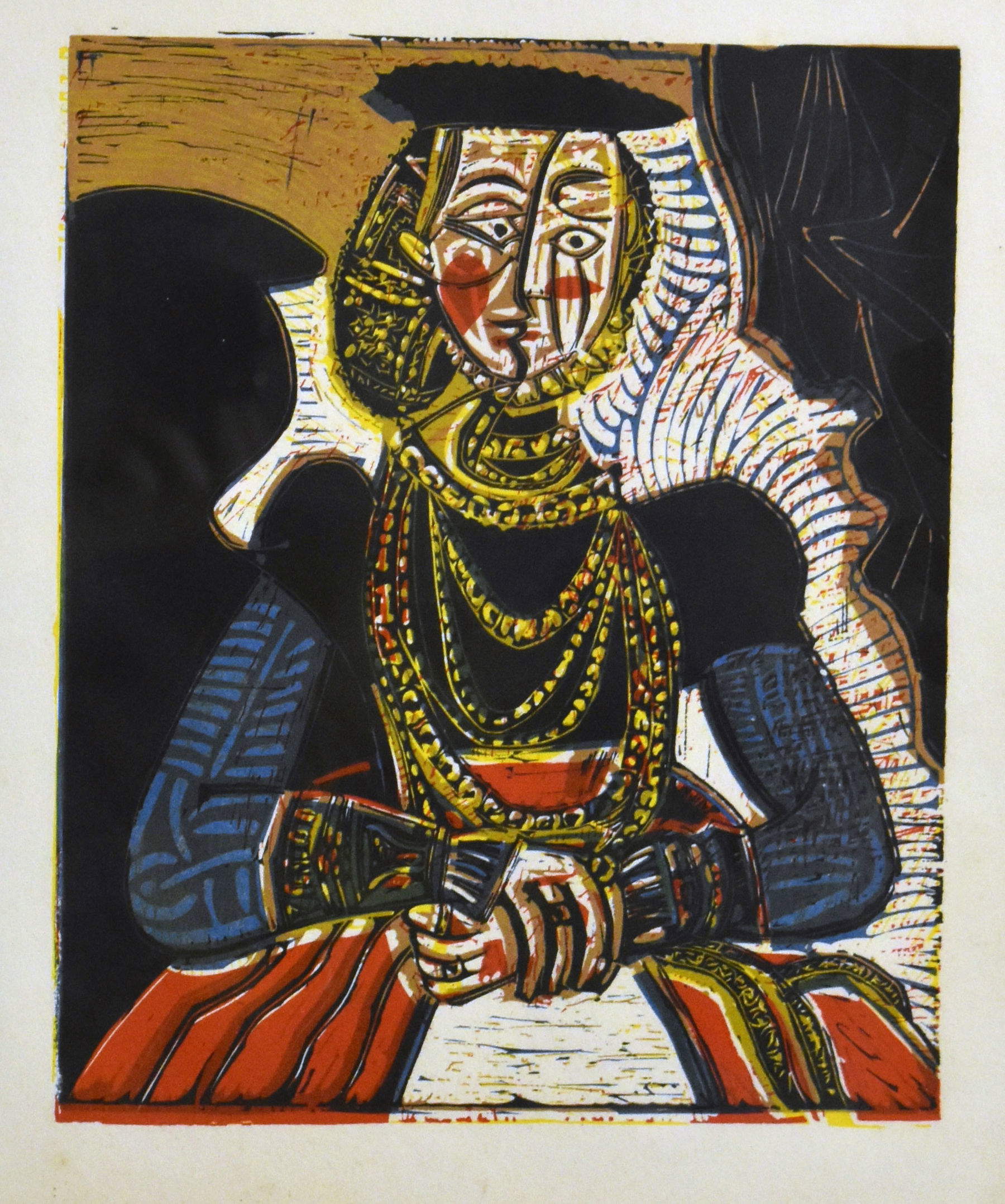
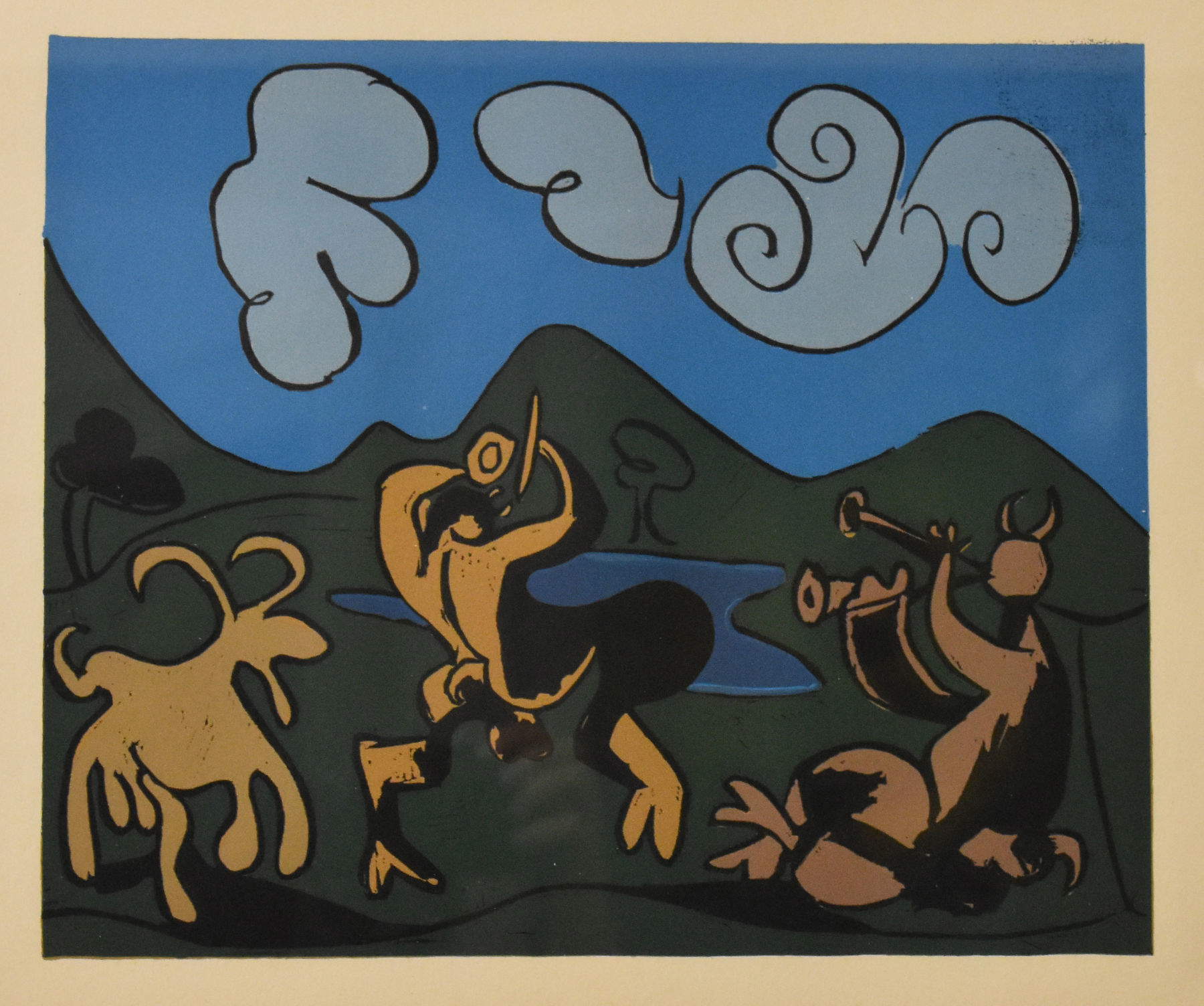
The itinerary highlights the three artists’ break with academic canons and their move to avant-garde Paris, where crucial encounters and moments helped define radical personal languages. Surrealism emerges as a thread running through their paths, both as an artistic current and as a means of expressing the unconscious and individual identity. The exhibition also delves into the consolidation of personal poetics in the post-World War II period and the subsequent international affirmation, with works and series representing the milestones of their careers. The exhibition devotes ample space to the technical eclecticism of the three masters, ranging from painting to sculpture, graphics to poetry, film to applied arts, and interventions in architecture and public spaces. The works on display, both well-known and lesser-known, some presented for the first time in Italy, outline contrasts and affinities between the three artistic visions, presenting an imaginative dialogue between visionary minds united not only by their place of birth but also by their ability to critically interpret reality.
Within the exhibition, special attention is given to Picasso’s Guernica and the year 1937, with preparatory sketches and photographs by Dora Maar documenting the context of the work’s creation as an anti-war manifesto. The exhibition also includes coeval works, such as Sueño y Mentira de Franco, that testify to the cultural and political climate of the time. Other notable works include Salvador Dalí’s Bacchanale, a theatrical set design created in 1939 for the Ballets Russes de Monte Carlo ballet of the same name, exhibited for the first time in Italy, which marks the beginning of the artist’s collaboration with theater and ballet, following earlier experiences by Picasso and Miró.
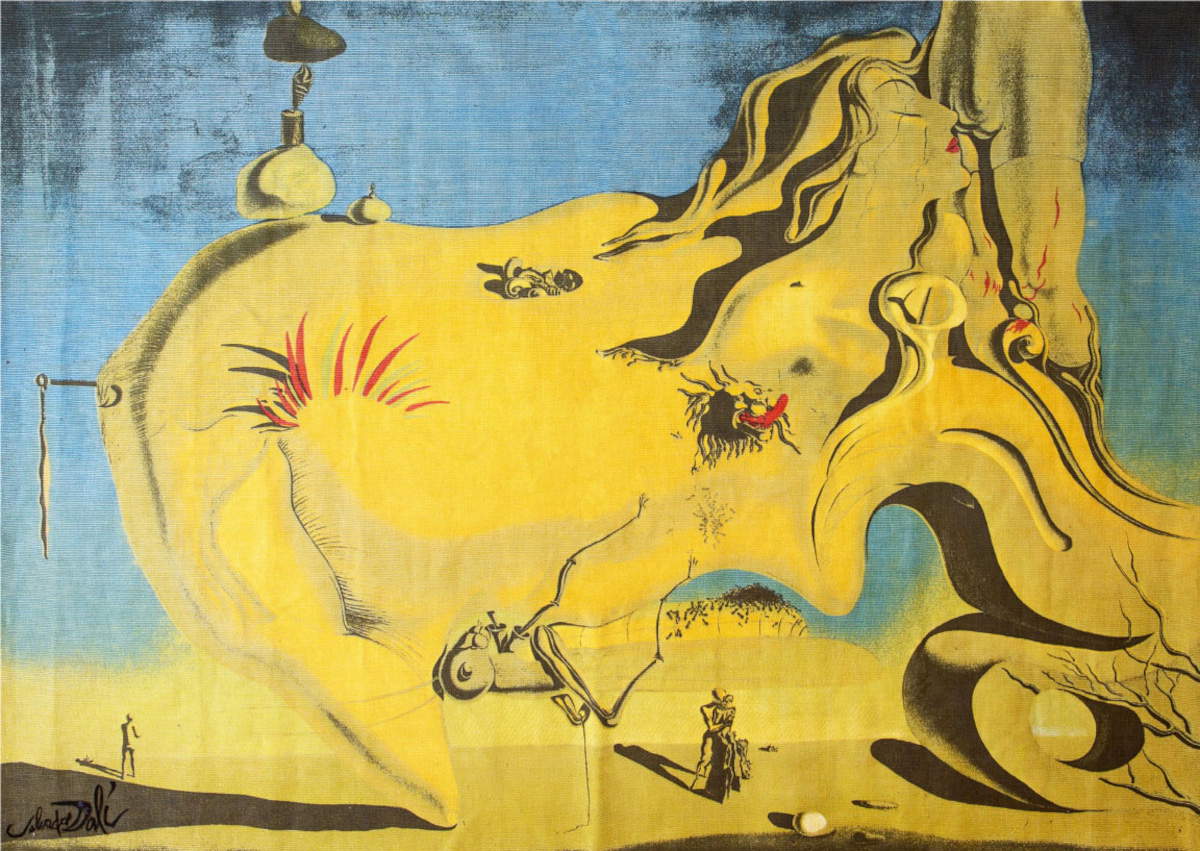
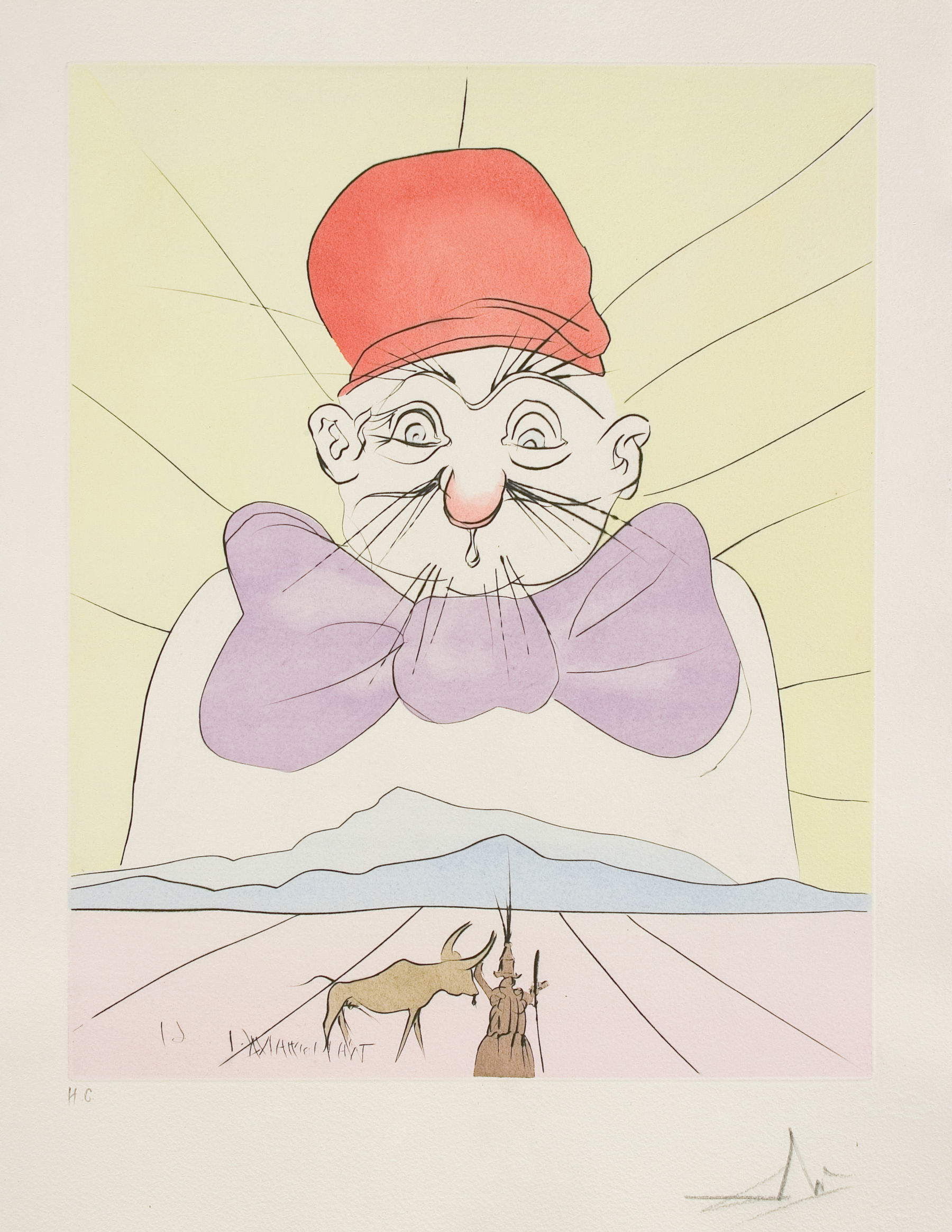
The exhibition presents complete series, rarely exhibited in Italy, including Picasso’s Vollard Suite, consisting of 100 etchings made between 1930 and 1937 for Ambroise Vollard, which deal with recurring themes in the artist’s poetics, such as the myth of the Minotaur, the atelier and the relationship between eros and creation, and Miró’s 1965 Femme series, in which the female figure becomes a universal symbol, commissioned by French publisher Aimé Maeght.
The loans come from international museum institutions, including Museu Nacional Centro de Arte Reina Sofía, Museu Picasso in A Coruña, Fundación Luis Seoane in A Coruña and Fundación Museo de Artes del Grabado, as well as private collections that allow the public to observe lesser-known works. In addition to rendering a picture of individual poetics, the exhibition provides an understanding of the history of the early 20th century in Spain, between wars and dictatorships, and the role these artists played in documenting and interpreting the reality of their time.
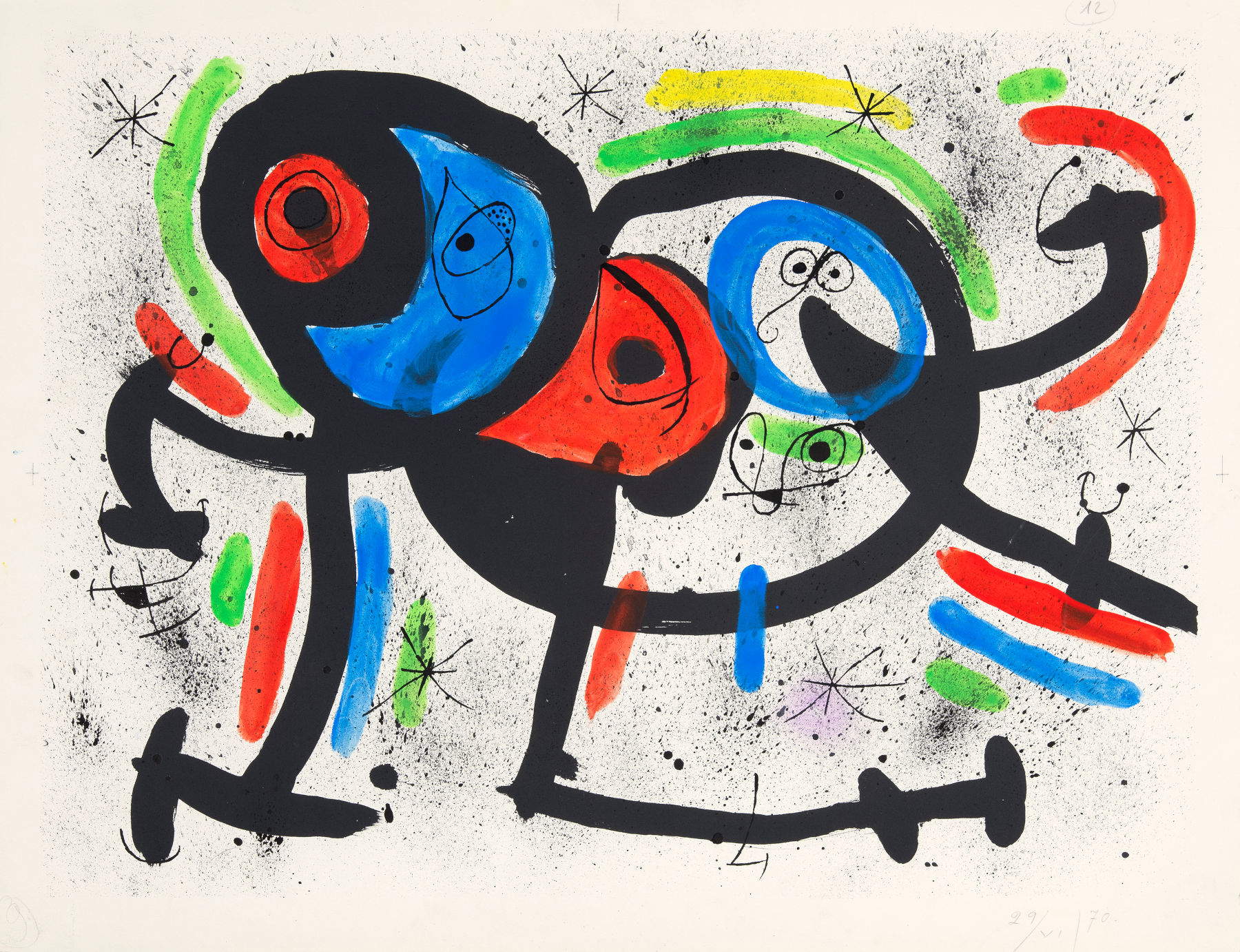
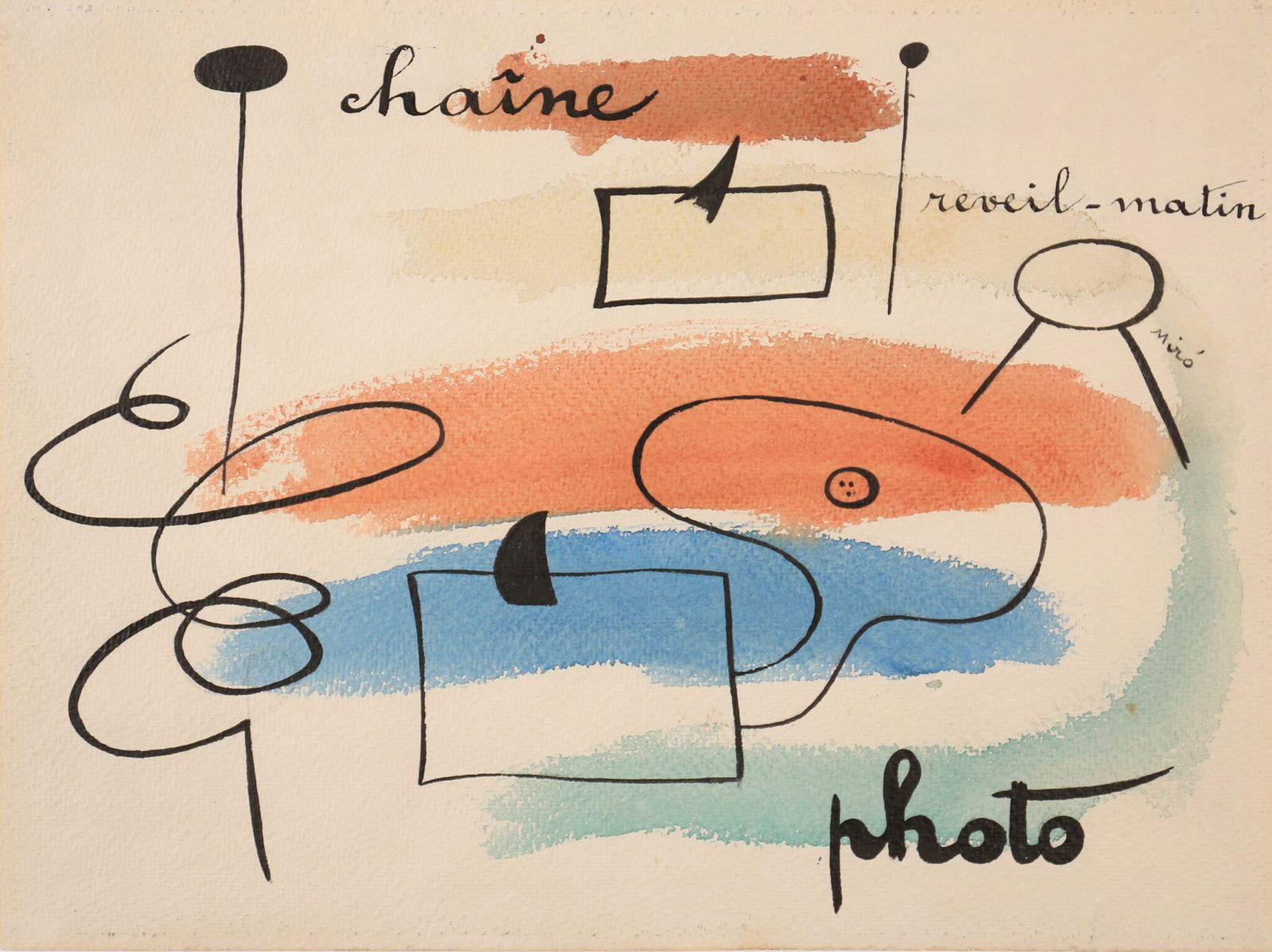
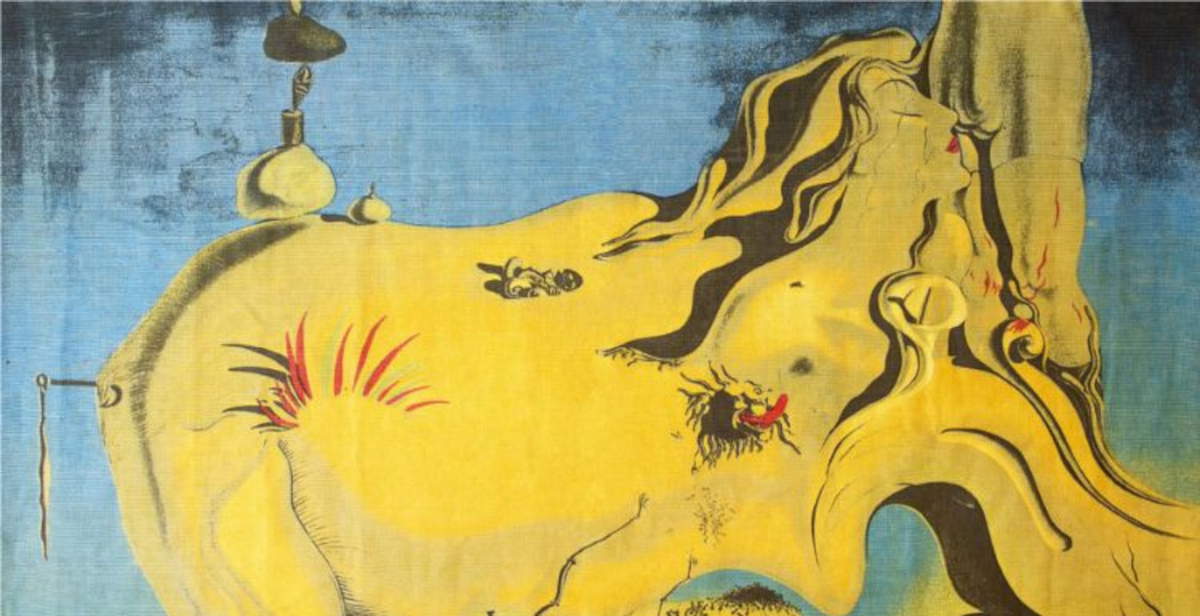 |
| Milan hosts for the first time the Big Three of Spain: Picasso, Dalí and Miró |
Warning: the translation into English of the original Italian article was created using automatic tools. We undertake to review all articles, but we do not guarantee the total absence of inaccuracies in the translation due to the program. You can find the original by clicking on the ITA button. If you find any mistake,please contact us.